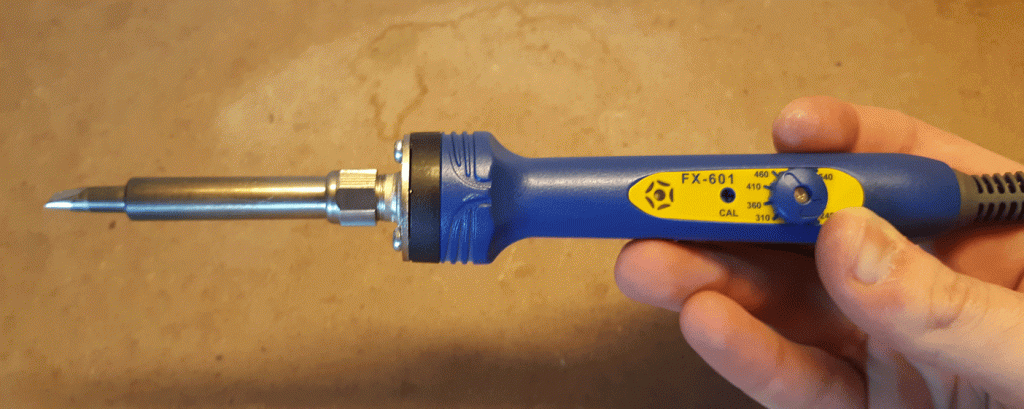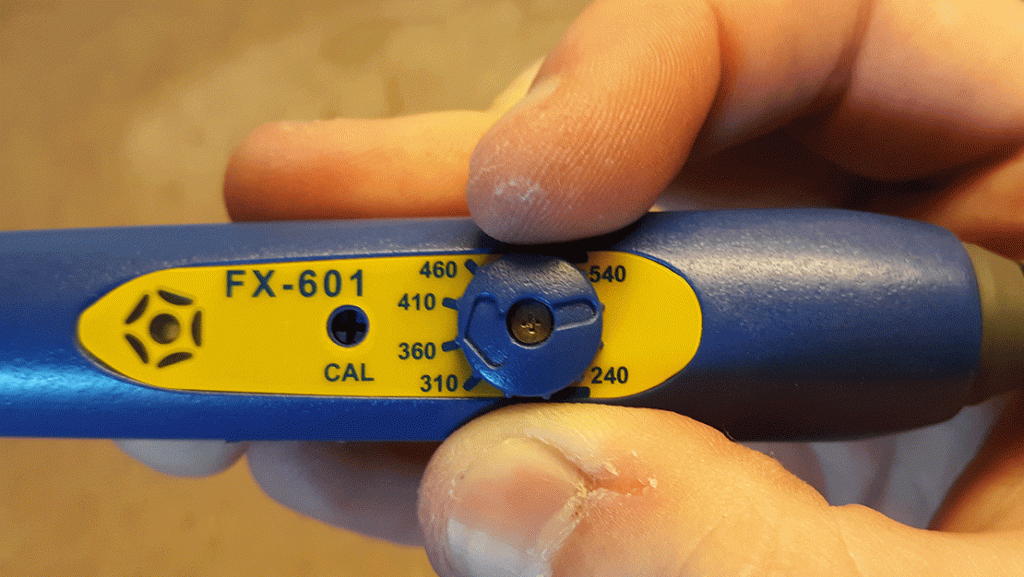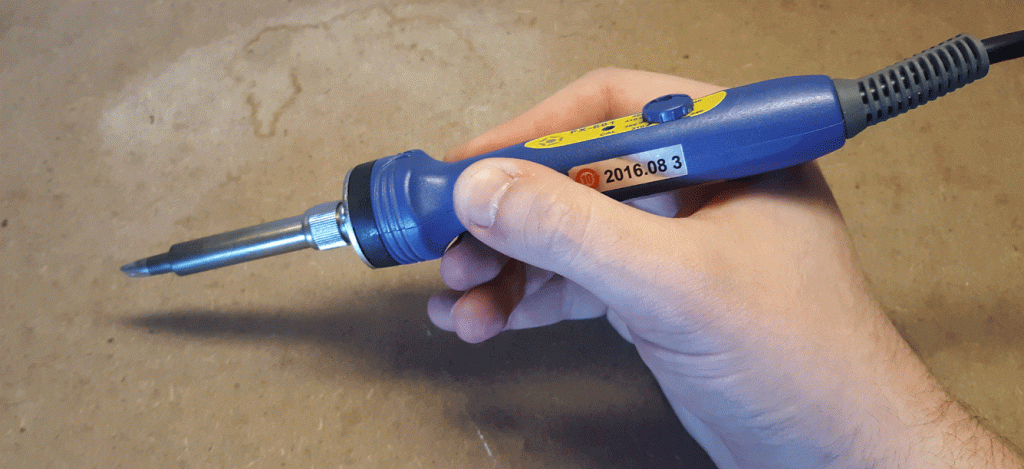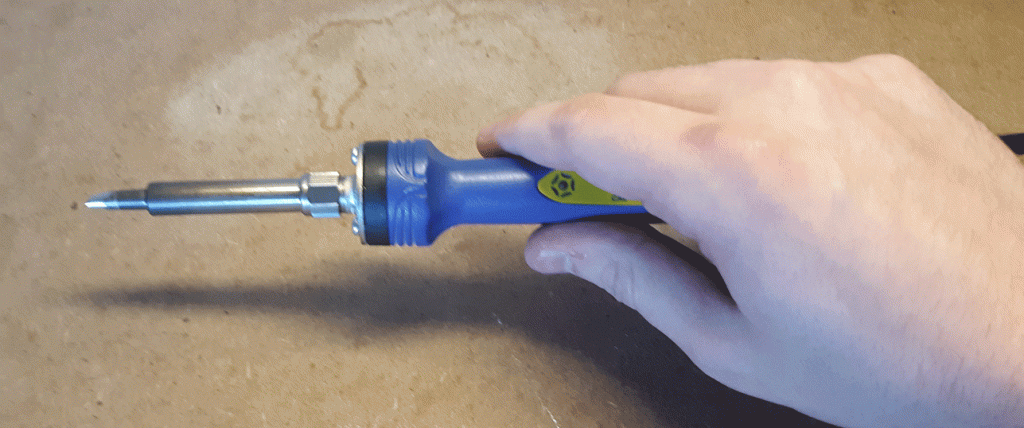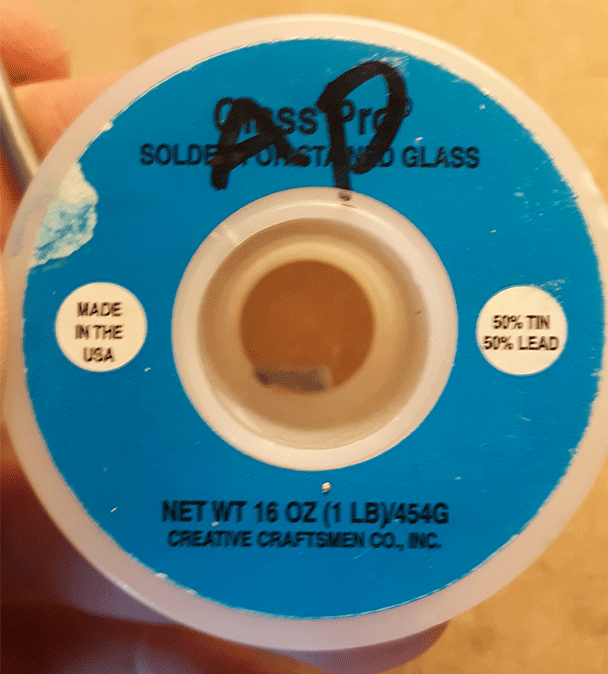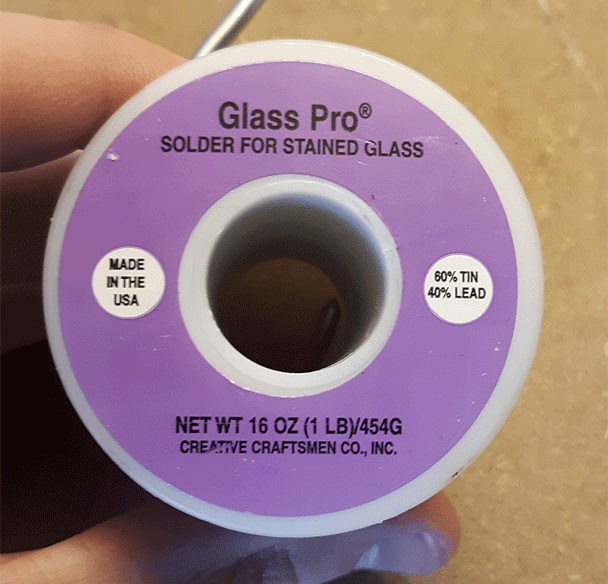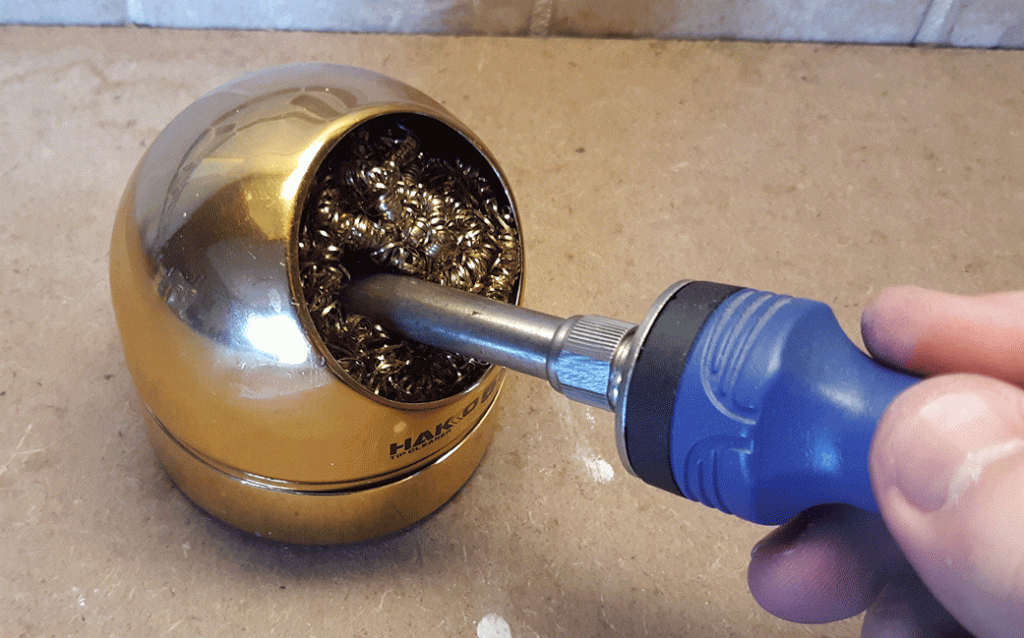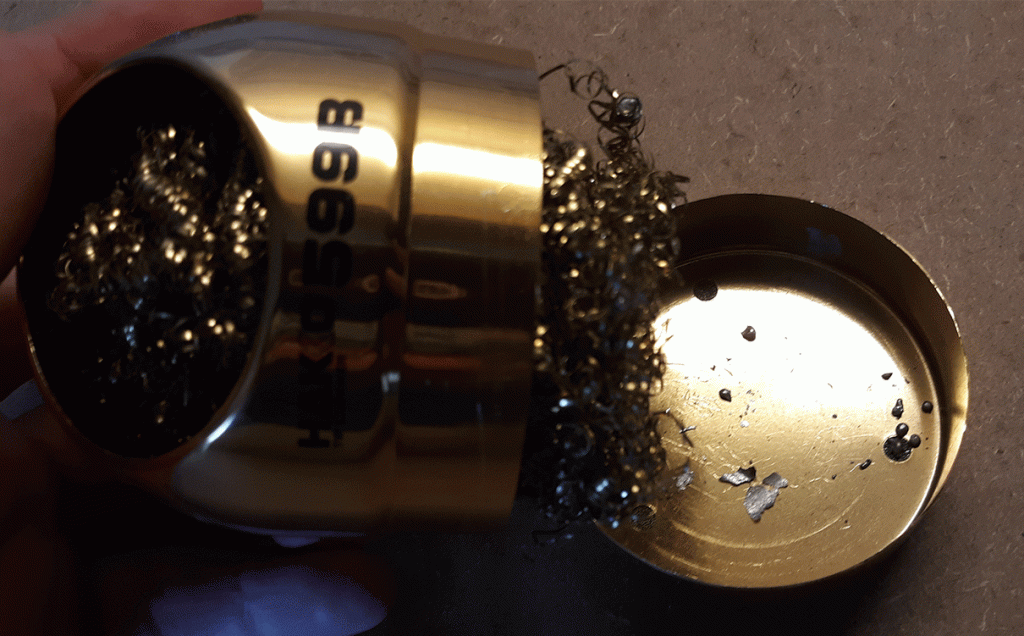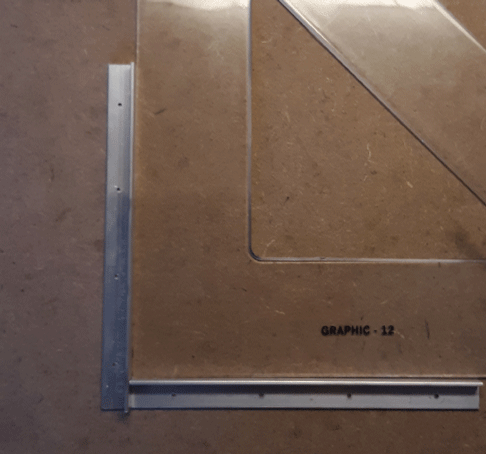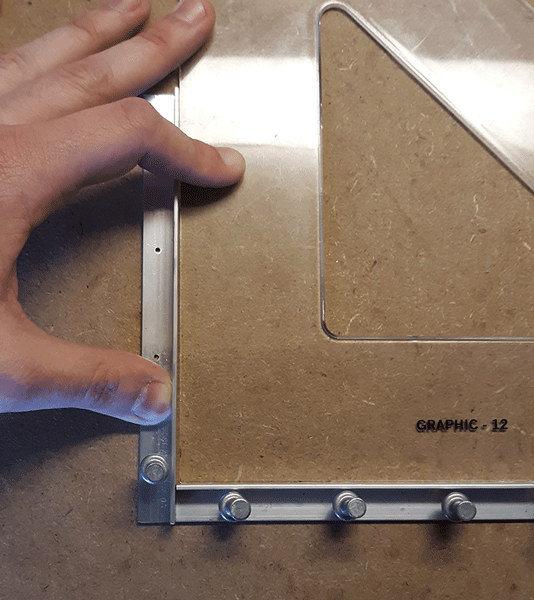Soldering Setup: What you need to Succeed
Hey everyone! This week’s post is going to be a bit shorter than usual, but it’s still important nonetheless. There’s quite a bit of information to cover when it comes to the soldering step of stained glass, so I’ll be going over the tools and materials you’ll need before you start.
Soldering Iron
The quintessential tool you’ll need in order to solder is a soldering iron. These can come in different sizes with all kinds of attachments. For example, the one I have below has a built-in nob on the side of the handle for adjusting the irons temperature.
Before you beguine soldering, you’ll want to experiment a little to find what kind of grip is more comfortable for your hand. I like to grip my iron like I would a pencil, while others may preferer to hold theirs like a flashlight.
Solder
Like I said in one of my previous posts titled Tools of the Trade, solder is an alloy (a mixture of two or more metals) comprised of tin and lead. The most common solders contain a 50-50 or 60-40 ratio of tin to lead. The difference between the two solders is that 60-40’s composition allows for it to flow more smoothly and is easier to work with than the 50-50 blend.
Tip Cleaner
The tip cleaner is what you will use to remove excess melted solder from your irons tip. Back in the day, glass artists would wipe their irons against a wet sponge to remove solder. However, this method would often shorten the lifespan of the soldering tip.

To clean your tip, simply press your iron against the steel wool of the cleaner while pulling the iron down and away from it. Once your done, pull off the bottom of the cleaner and dispose of the melted solder.
Thumbtacks & Jigs
Thumbtacks and Jigs are used to hold glass in place while you tack them together. These are great to have since it’s often difficult to free-hand the tacking process without having your pieces wobble out of place.

I found it easer to set up my Jigs using a tri-square before putting in the thumbtacks. This is so I’m sure their at a 90 degree angle. Then I place two tacks at either ends of a jig to set them in place before setting in the rest.
